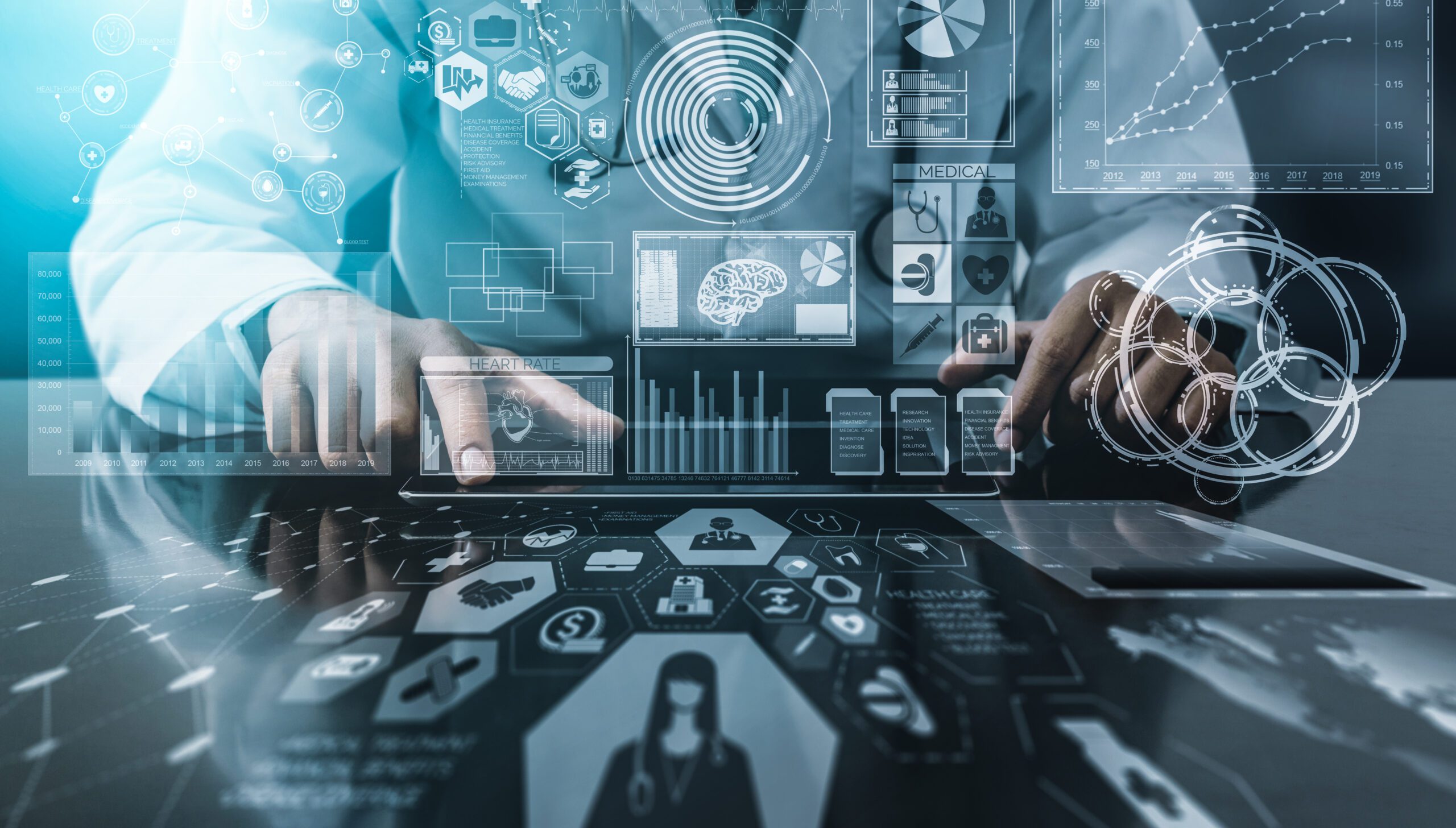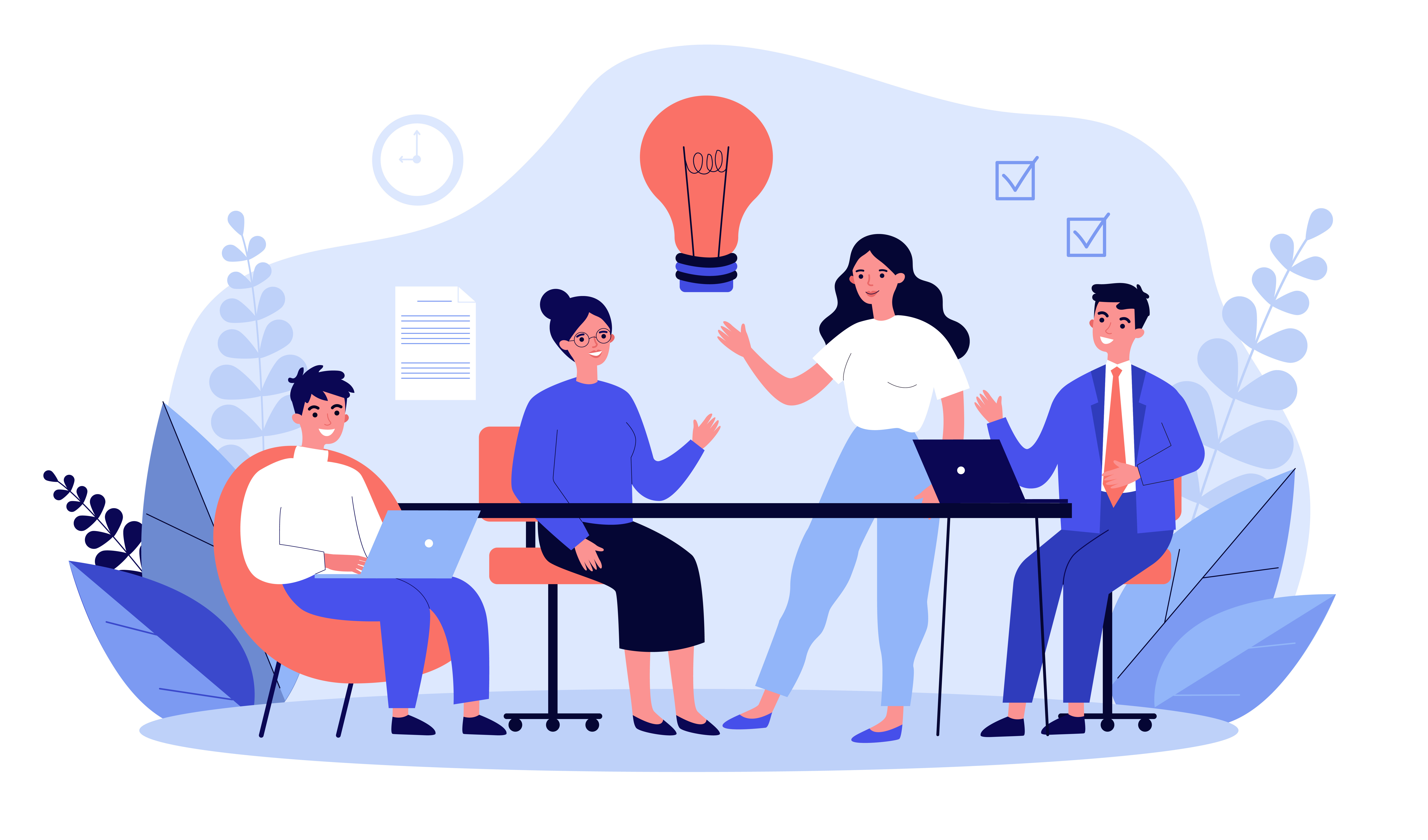Difficult care management implementations have led to the demise of many care management solution vendors. Sometimes success can be a vendor’s worst enemy. If they pick up too many customers and can’t implement them properly, word of that spreads quickly.
How We Help Our Customers Implement
We’ve invested a lot in having a successful care management implementation team. We wanted to make sure that if we win new business, we implement the customers properly so they can stay focused on improving care for their members.
Every customer is assigned an executive sponsor for their implementation, someone on our senior leadership team responsible for the customer relationship and ensuring that we’re meeting their needs.
Each implementation also has a core team that includes a project manager, a business analyst, a clinical subject matter expert, and, most importantly, a solutions architect. The solutions architect looks at the health plan’s overall ecosystem and configures it in the best way for GuidingCare.
The role of the solutions architect is important because health plans today want to seamlessly connect their care management system to other entities in the ecosystem.
Take social determinants of health (SDOH), for example. Care managers need the ability to reach out to an SDOH vendor, such as Unite Us, Healthify or Aunt Bertha, make an appointment for the member on whatever it might be―housing, food, job― without leaving the care management system. Everything must be connected and documented so they can report against it. Or, during an appointment, a care manager may realize a member could benefit from receiving specific content related to their healthcare needs. Without leaving the system, the care manager should be able to reach out to a vendor like HealthWise through the care management platform, gather that information and send it to the member in their preferred format.
Our customers want more integrations, and we’re listening.
Today, we have a developer portal with hundreds of APIs and continue to make new ones every month.
Health plans want a care management platform that is brilliant at the basics and innovative for the future. From the beginning of the implementation, we want our customers to know we will always be there to run to any challenge, support their needs, and continually improve our product.






